Sorcha Carey, Director of Edinburgh Art Festival, shares with us some of her personal EAF highlights…
This is my favourite time in the festival planning cycle – when we not only know what’s going to be in the festival programme, but we can talk about it. This year is a particularly significant one for us as we celebrate our tenth edition – a kind of coming of age (although we are still the youngest of Edinburgh’s August festivals). Our programme reflects our growing ambition. We’ll have 45 exhibitions in over 30 venues across the city, as well as our largest programme of publicly sited commissions to date.
I’m really looking forward to having the time to reflect on what happens when artists collaborate with one another. This is something we have been considering in our Parley commissions programme, and there are some great exhibitions dedicated to this too. Inverleith House’s Mostly West explores the collaborations of the recently deceased Franz West with such major and diverse figures from the contemporary art world as Douglas Gordon, Mike Kelly, Sarah Lucas and Michelangelo Pistoletto.
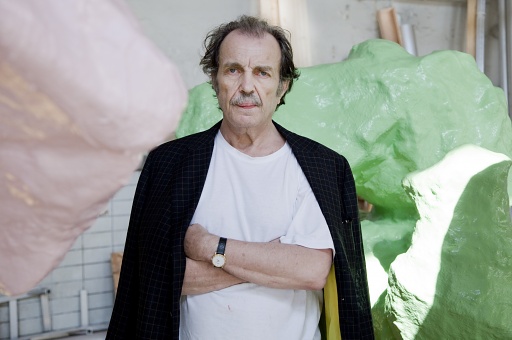
Jupiter Artland is looking at the longstanding collaboration between Jeremy Deller and Alan Kane, in an exhibition which includes the amazing Steam Powered Internet Machine (and for people who didn’t make it to Documenta last year (or did and loved it), there’s a one in a lifetime opportunity to see Sam Durant’s Scaffold).
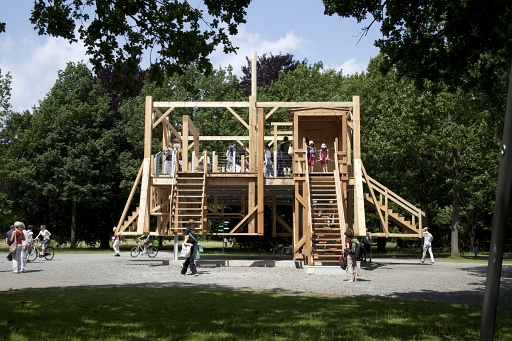
Paul Rooney with Leeds United at Edinburgh College of Art is another interesting collaboration. Paul Rooney originally studied at ECA, and has been attracting increasing attention since winning the Northern Art Prize in 2008. If Mostly West shows us jointly authored works, Rooney and the artist collective Leeds United are making an exhibition which deliberately blurs the edges between each other’s practice – less a collaboration than a deliberate obliteration or confusion of the boundaries of individual authorship.
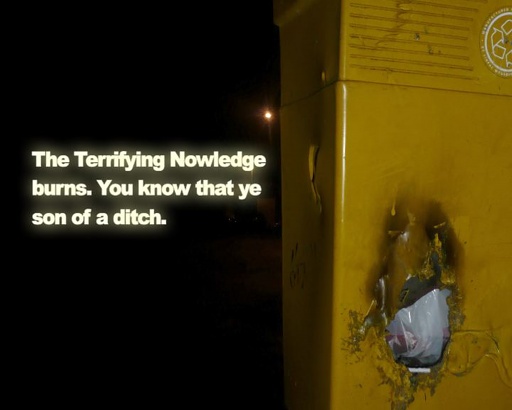
There’s some great new work by younger artists featured in this year’s programme. Rhubaba’s project with Polish artist, Lucy Pawlak, is a definite must see – the artist will set herself up for duration of the festival in the role of a Producer of a narrative feature film, and visitors, as well as invited experts will be invited to become involved in the creation of the final piece.
National Museum of Scotland have the second in a series of commissions which invite contemporary artists to work with their collections – Ilana Halperin has been exploring the museum’s geological and mineralogical collections. The other must-see at the museum is the Mary Queen of Scots exhibition which explores the elaborately crafted myth around the Queen which still retains its power today. It’s just one in a series of exhibitions in the programme which offer a timely reflection (in view of a certain impending date) on Scottish identity and its constructions. Bourne Fine Art’s exhibition considers how for over two centuries, artists have been crucial in the building a visual picture of Scottishness. While Rachel Maclean’s solo exhibition at Edinburgh Printmakers offers a very contemporary response to some of those same questions.
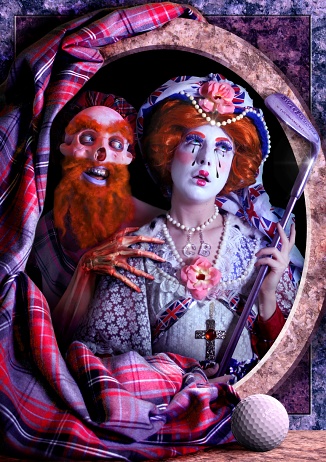
And lest we think it’s all easily expressed with thistle and tartan, Talbot Rice’s Nam June Paik exhibition (which is also part of the Edinburgh International Festival) reminds us of the profoundly international outlook of Scotland as a nation. Pat Fisher, Senior Curator at the Talbot Rice recently gave a lecture at a Nam June Paik conference in Seoul, entitled ‘Nam June Paik; Honorary Scot’ – and faced with the enticing prospect of the first exhibition in Scotland (birthplace of electromagnetic theory and John Logie Baird) of the artist who incorporated the television into the world of art, it is hard not to see this as a homecoming of sorts.
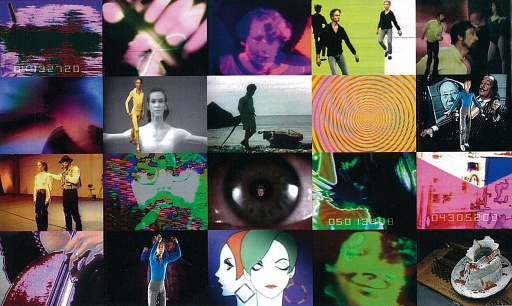



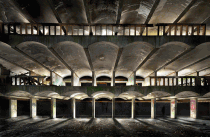
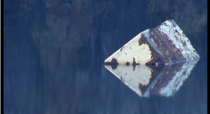









Comments